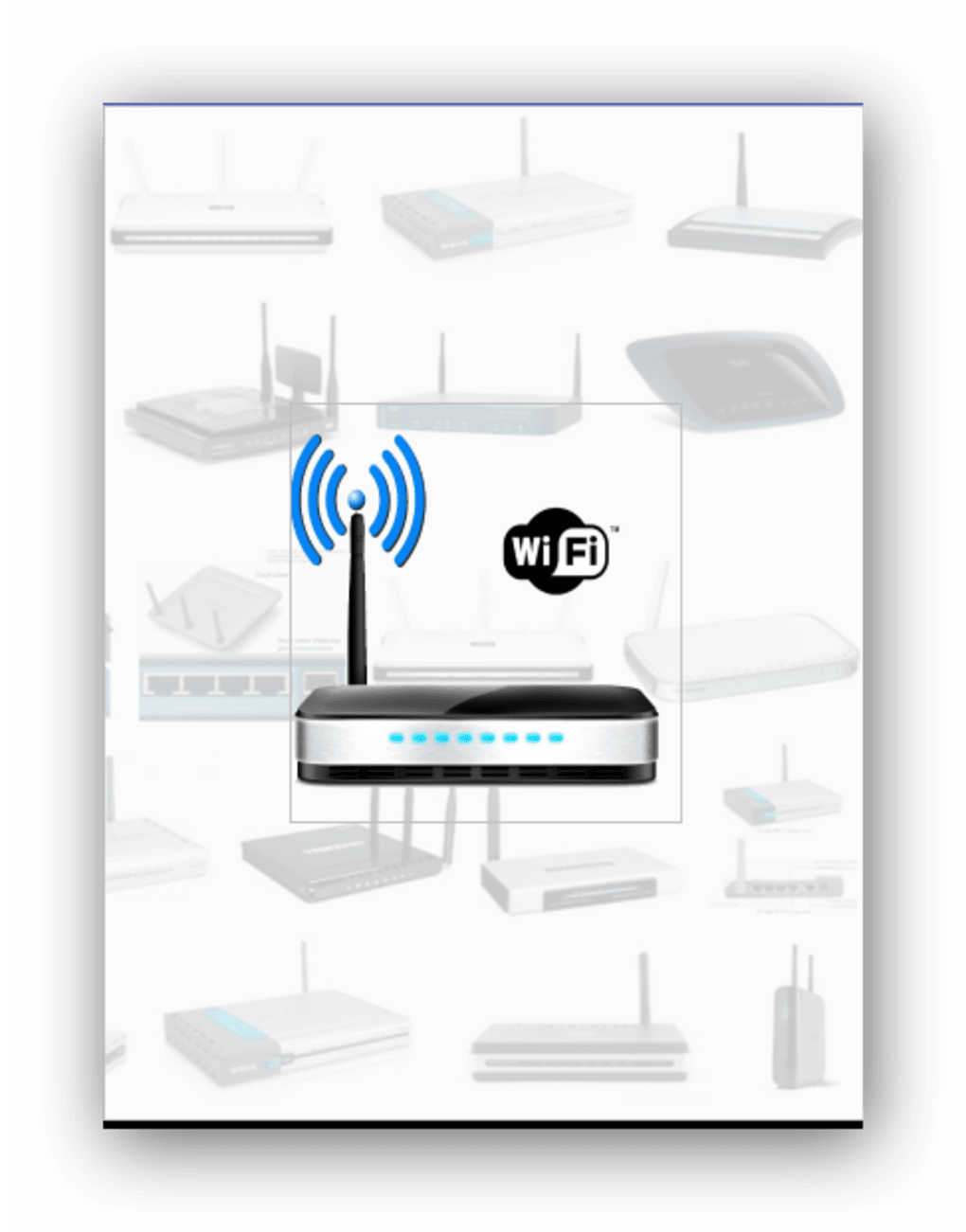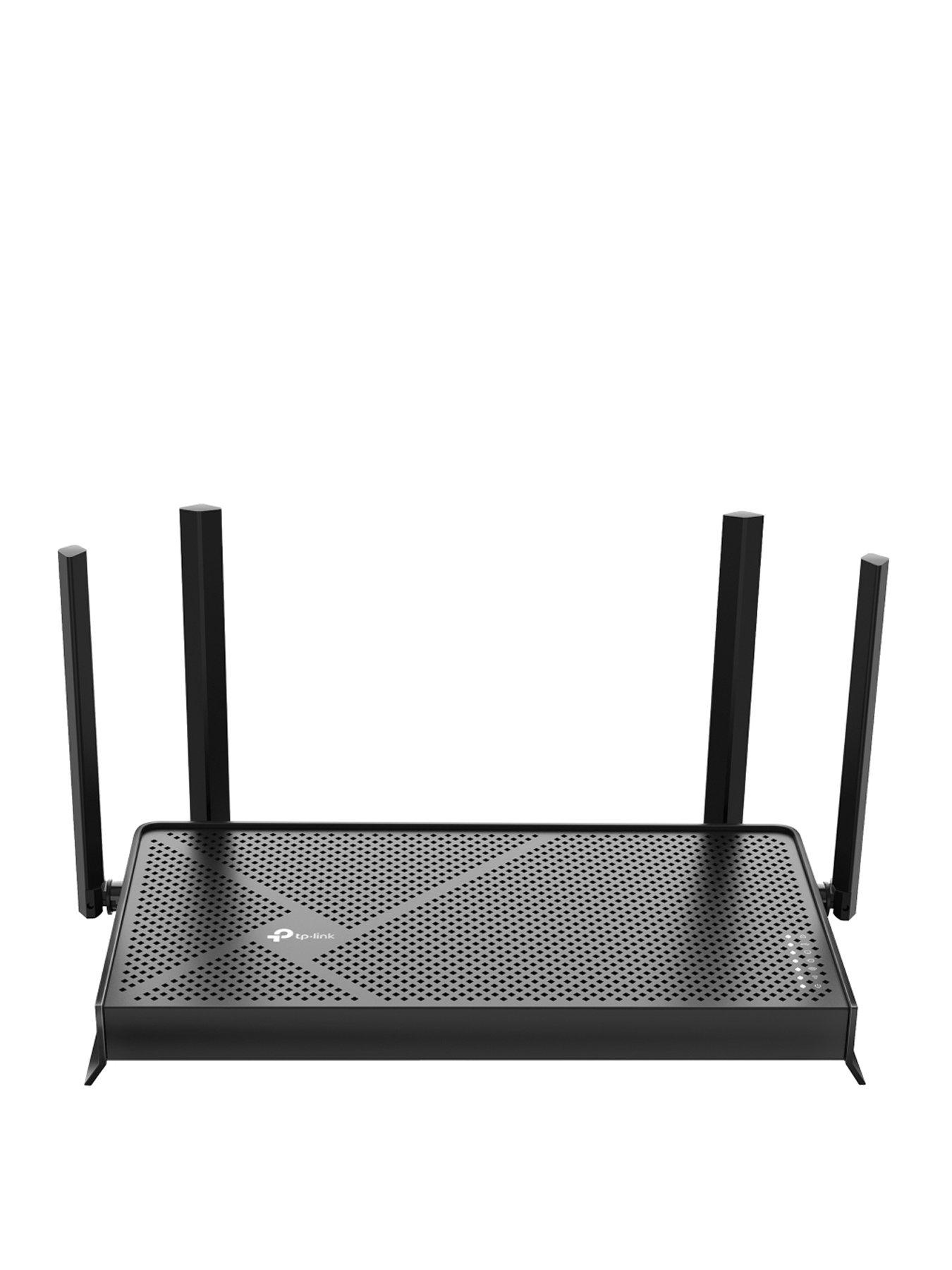Is it possible to control your home's smart devices from across the globe, or monitor industrial sensors located miles away, all while keeping them secure? The answer is a resounding yes, and the key lies in understanding and implementing Remote IoT (Internet of Things) behind your router.
The world is rapidly becoming interconnected. From smart homes that adjust to your preferences to industrial facilities that monitor complex machinery, the Internet of Things (IoT) is transforming how we live and work. But the potential of IoT extends far beyond simply connecting devices. The ability to access and manage these devices remotely, especially when they are behind a router, opens up a universe of possibilities. RemoteIoT, the practice of managing and interacting with IoT devices from a distance, has become a cornerstone technology in our increasingly connected world.
Let's delve deeper into the mechanics of making this a reality. To understand RemoteIoT, it's essential to grasp the role of a router. A router acts as a gateway, connecting your local network of devices to the broader internet. It assigns local IP addresses to your devices and protects them from direct exposure to the outside world. This is where the challenge and the solution come together. The challenge is that your IoT devices, hidden behind the router, are not directly accessible from the internet. The solution involves a combination of techniques, the most prominent of which is port forwarding.
Port forwarding, in simple terms, is like creating a tunnel through your router's firewall. You tell your router to forward specific incoming traffic on a particular port to a specific device on your local network. For example, you might forward traffic on port 22 (the standard port for SSH, a secure remote access protocol) to your Raspberry Pi. This allows you to securely connect to your Raspberry Pi from anywhere in the world, as if you were directly connected to it.
Beyond port forwarding, other techniques come into play. Dynamic DNS (DDNS) services are invaluable. Because most home internet connections have dynamic IP addresses (meaning they change periodically), a DDNS service provides a fixed hostname that always points to your current IP address. This eliminates the need to constantly track your IP address to connect to your devices. VPNs (Virtual Private Networks) offer a secure, encrypted connection between your device and your home network. By establishing a VPN, you can access your IoT devices as if you were physically present on your local network, enhancing security and simplifying access. Secure Shell (SSH) is a cryptographic network protocol for operating network services securely over an unsecured network. It's the industry standard for accessing and managing devices remotely, offering a secure, encrypted channel for commands and data transfer.
Now, let's consider the practical applications of RemoteIoT. In the home, you could monitor your security cameras, control your smart thermostat, and manage your lighting systems from anywhere. This offers peace of mind and unparalleled control over your living space. In industrial settings, RemoteIoT allows you to monitor and control machinery, collect data from sensors, and perform maintenance tasks without being physically present at the site. This significantly reduces downtime, optimizes operations, and improves efficiency. RemoteIoT is also used in environmental monitoring, allowing researchers to remotely collect data from weather stations, water quality sensors, and other environmental monitoring devices.
Let's explore a common and effective implementation of RemoteIoT: using a Raspberry Pi. The Raspberry Pi, a small, affordable, and versatile computer, is an ideal platform for managing IoT devices remotely. Its low cost, compact size, and extensive software support make it a popular choice for both hobbyists and professionals. Setting up a Raspberry Pi for RemoteIoT involves a few key steps. First, you need to install an operating system, such as Raspberry Pi OS, on an SD card. Then, you'll configure your network settings, including assigning a static IP address to the Raspberry Pi. Next, you will enable SSH and set up port forwarding on your router to allow secure access to the Raspberry Pi. After that, you may need to install necessary software and configure it to gather and disseminate sensor data.
The security aspect cannot be overemphasized. When dealing with remote access, protecting your devices and data is paramount. Always use strong passwords, and regularly update your software to patch security vulnerabilities. Enable two-factor authentication wherever possible to add an extra layer of security. Consider using a VPN to encrypt all traffic between your device and your Raspberry Pi. Regularly back up your data to avoid data loss and ensure you can restore your systems in the event of a security breach. Educate yourself about the latest security threats and best practices to minimize your risk.
Choosing the right hardware and software is also important. The Raspberry Pi comes in several models, each with different specifications and capabilities. Choose a model that meets the needs of your project. Consider the processing power, memory, and connectivity options you need. For software, there are many open-source and commercial options available for managing IoT devices. Select software that is easy to use, secure, and compatible with your devices. You can also create custom software to suit your specific requirements.
Troubleshooting and maintenance are essential parts of the RemoteIoT process. Regularly check your network connection and ensure that your devices are online and functioning correctly. Monitor your system logs for any errors or unusual activity. Back up your configurations and data regularly. Keep your software updated with the latest security patches and features. By implementing these practices, you can effectively manage and troubleshoot your RemoteIoT setup.
As the Internet of Things continues to grow, so will the importance of RemoteIoT. Understanding the principles, techniques, and best practices of RemoteIoT will equip you to take full advantage of this transformative technology. The ability to access, monitor, and control your IoT devices remotely, securely and efficiently, opens the door to a new era of possibilities.
In conclusion, RemoteIoT is much more than just a technical concept. It is a key enabler of progress, opening up new opportunities for innovation, efficiency, and control in various fields. It allows you to transcend geographical boundaries, and stay connected to the devices and systems you need, all while keeping them safe and sound. Embrace the power of RemoteIoT and step into the future of connectivity.



